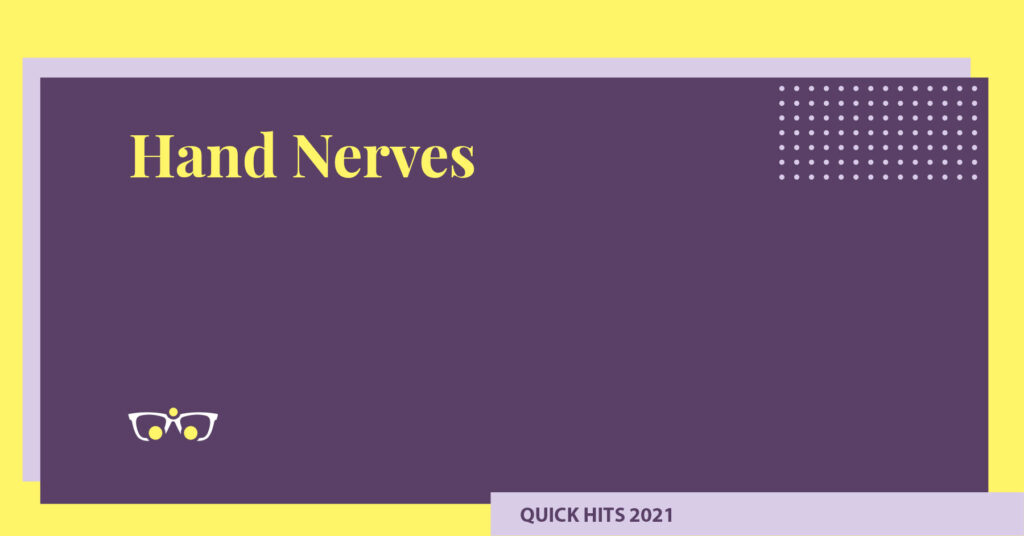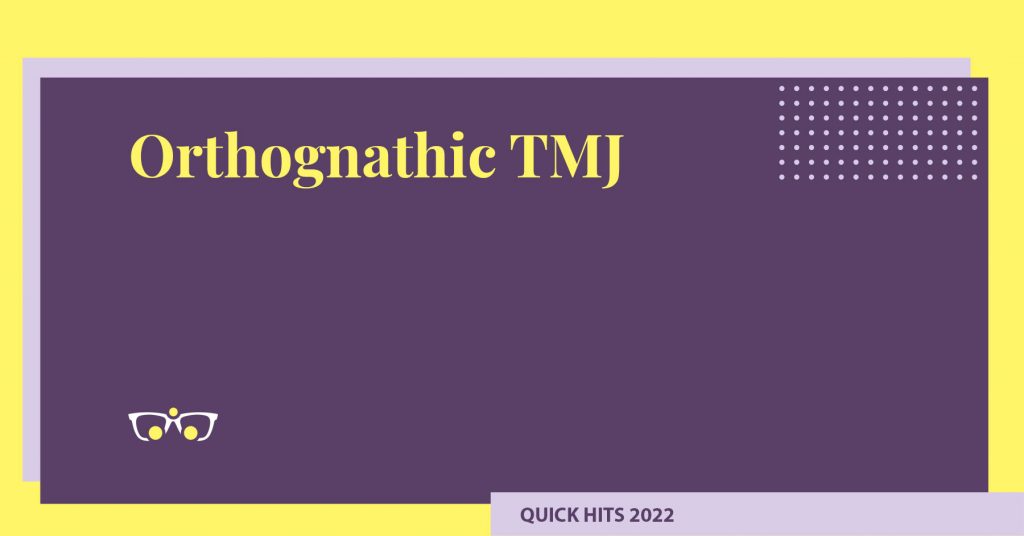
Nerves Part 2: Brachial Plexus
Roots:
So for the roots – these are from C5 to T1 and pass between the anterior and middle scalene muscles. Notably the anterior and middle scalene muscles insert on the first rib. Neuropathic thoracic outlet syndrome is often caused by compression of the anterior scalene on the brachial plexus roots and is therefore released in this surgery.
The long thoracic nerve comes off the C5/6/7 roots and supplies the serratus anterior. This nerve can commonly be injured during an axillary node dissection and injury to this nerve leads to a winged scapula
Trunks:
These are the upper, middle and lower trunks.
These parts of the nerve live in the posterior triangle of the neck – the borders of the posterior triangle are: Anterior – sternocleidomastoid, Posterior – Anterior border of the trapezius, Apex- union of the SCM and trap, inferior – middle third of the clavicle.
The suprascapular nerve arises from the upper trunk and supplies the supraspinatous and infraspinatus muscles which allow for abduction and external rotation
Divisions:
Each of the trunks give off an anterior and posterior division. There are no nerves that come off at this level
Cords:
The cords area names for their relative position the axillary artery
Lateral Cord – gives off the lateral pectoral nerve
Posterior cord – upper subscapular nerve, thoracodorsal nerve, lower scapular nerve
- The thoracodorsal nerve controls the latissimus muscle
Medial Cord – medial pectoral nerve, MABC, medial brachial cutaneous nerve
- MABC: travels mesial to the brachial artery and becomes superficial in the middle of the upper arm. This makes It vulnerable to injury during brachioplasty. This nerve provides a branch proximally that provides sensation to the skin overlying the biceps and then distally to the ulnar volar and dorsal sides of the arm
- Medial brachial cutaneous nerve: this provides sensation to the medial part of the upper arm
Terminal Branches:
Musculocutaneous:
- From the lateral cord
- Course: it runs in the intramuscular septum between the biceps and brachialis and terminates in the lateral cutaneous nerve of the forearm. This can be injured during insertion of a radial A line leading to pain over the lateral wrist directly overlying FCR
- Innervation: provides motor innervation to the biceps and the brachialis which contribute to elbow flexion
Axillary:
- From the posterior cord
- Innervation: deltoid muscles
- Injury often from dislocation of the shoulder with lack of abduction and external rotation
Radial Nerve:
- From the posterior cord:
- Course/Innervation: See the episode on nerve compression syndromes
Median Nerve:
- This gets contribution from the lateral and medial cords:
- Course: See the episode on nerve compression syndromes
- Branches of the median nerve:
- AIN: branches proximally and travels within the interosseous membrane between the ulna and radius. This provides motor branches to the FDP of the index and little fingers, FPL, and the pronator quadratus. The most distal branches of the AIN provide sensory innervation to the wrist capsule.
- Palmar Cutaneous Branch: provides sensation to the thenar eminence and branches about 5cm proximal to the carpal tunnel
- Median Recurrent Motor Branch: this innervates the thenar muscles including APB, opponens pollicis and the superficial belly of the FPB. This nerve typically branches distal to the tranverse carpal ligament but does have a variable anatomy and can branch earlier or through the TCL.
Ulnar Nerve:
- Terminal branch of the medial cord
- Crouse: See the episode on nerve compression syndromes
- Branches of the Ulnar Nerve
- Before the wrist
- Dorsal cutaneous nerve which gives off sensation to the dorsoulnar hand is 5-7cm proximal to the ulnar styloid
- Palmar cutaneous branch gives sensation to the palmar ulnar hand and comes off proximal to the wrist
- After the wrist
- Deep motor branch – this innervates the hypothenar muscles, adductor muscles, intrinsics and thenar (deep head of the FPB)
- Superficial sensory nerve gives sensation to the common and proper digital nerve for the ulnar digits
Brachial Plexus Injuries:
Brachial Plexus Birth Palsy:
- Risk Factors:
- Shoulder dystocia
- Gestational diabetes
- Forceps delivery
- Clinical Presentation:
- Upper root cervical injury (Erb-Duchenne Palsy) with lack of biceps or deltoid function (MC or axillary nerve) or lack of wrist/finger extension
Traumatic Brachial Plexus Injuries:
- More common than birth injuries: generally related to traction from high velocity causes. Crush and open injury are much less common
Treatment:
- Outcomes: best predictor of outcome is time from injury followed by age
- Diagnosis:
- PE: Key Muscles to Evaluate to help determine the level of the injury and plan to reconstruction
- Trapezius: confirms spinal accessory nerve function if needed for transfer
- Serratus muscle / Long thoracic: If this is out could suggest a very proximal injury
- Supraspinatous/infraspinatous muscles/suprascapular nerve: tests for C5/C6
- Bipceps / MC: lateral cord
- Pec Muscle/lateral and medial pectoral nerves: medial and lateral cords
- Latissimus/thoracodorsal nerve: posterior cord
- Triceps/Radial Nerve: posterior cord/C7
- Interossei/Ulnar nerve: C8/T1 and the medial cord
- Serial EMG
- Goals of Treatment:
- Elbow Flexion
- Shoulder Stabilization
- Wrist extension and finger flexion
- Common Nerve Transfers:
- Elbow Flexion
- Oberlin Transfer: transfer redundant branches of the ulnar nerve to the biceps branch of the MC nerve
- Oberlin-Mackinnon transfer:
- Transfer redundant branches of the ulnar nerve to the biceps branch of the MC nerve
- Transfer redundant branches of the median nerve to the FCR or FDS to the brachialis branch
- Shoulder Stabilization
- Accessory spinal to supraspinatous
- Medial triceps to axillary
- Intrinsic Finger Function
- AIN (from the median nerve) to restore ulnar intrinsic function
Other Nerve Things:
- Neuroma in continuity:
- Definition: neuroma within an intact nerve in response to internally damaged fascicles that fail to reach distal targets.
- Treatment: Use nerve stimulation intraoperatively to identify and micro dissect out non-functioning fascicles
- Traumatic Neuroma (not in continuity):
- Definition: This often occurs following nerve injury at the end of the nerve due to disorganized and unregulated nerve regeneration at the distal end of the nerve
- Treatment: Depends on the location of the neuroma. Can be treated with excision alone vs. excision and TMR







